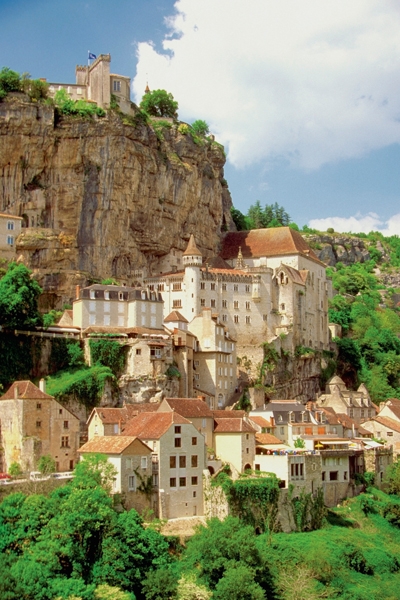It’s only 150 years since a toff was roasted in the remote Dordogne village of Hautefaye. The poor soul was a French aristocrat resented by the locals. Perhaps he was an outsider. Perhaps he was a second-homer taking advantage of the delights of the Dordogne without ever turning up to any 19th-century equivalents of today’s wine and cheese festivals, arts exhibitions and boules tournaments.
Silly fellow. Outsiders in 2013 — well, the Brits, anyway — are proper joiner-inners and the French are perfectly happy to have them around. But my goodness there are a lot of them. Never mind Chiantishire in Italy, this is where the 4×4 brigade decamp from Marlborough and Malmesbury every summer, soaking up in the lovely countryside while desperately hoping to sniff out a château on the cheap with, ideally, a few acres of vines out the back.
Grape expectations abound in the Dordogne — and for good reason. Twitch your nose in St Emilion and then head for the neoclassical Château Margaux. It will make you never want to buy wine in Waitrose ever again.
The best art is in the caves. At Rouffignac, about ten miles from Les Eyzies, the paintings of animals on the ceiling were completed around 12,000 bc but astonishingly only discovered in 1956. They are sublime. Indeed, anyone harbouring doubts as to the supreme skill, artistry and civilisation of the Homo sapiens who inhabited the Dordogne valley in the Magdalenian period (17,000 to 10,000 years ago) will look at these drawings in sheer amazement.
Meanwhile, vestiges of the Hundred Years’ War (1337 to 1453) between what passed for ‘England’ and a putative ‘France’ are all around, in architecture, bastides, regular pageants and displays in dozens of little villages and towns.
Before the Anglo-French conflict there was an even more violent eruption: the Albigensian Crusade (1209 to 1229), mostly to the south-east of the Dordogne but with prominent events at, for instance, the tangled, looming Château de Biron.
And after that came the shattering wars of religion between Catholics and Protestants in the late 16th century, during which Michel de Montaigne wrote his famous essays in the starkly furnished tower you can still visit near Ste Foy la Grande.
Look closely at the minor road junctions and at humble village homes and isolated farmsteads and you’ll see the discreet plaques commemorating the deportation of resisters and other activities of the Resistance during the second world war. Much of this history is only now being discussed openly, but every tiny hamlet has a tale to tell.
Four strong rivers and dozens of tributaries have shaped the countryside, carving gorges and giving villages such as La Roque-Gageac the task of clinging bravely to cliffs that look out across the valley.
Here, time seems to be measured in vintages and happiness comes by the glass.






Comments